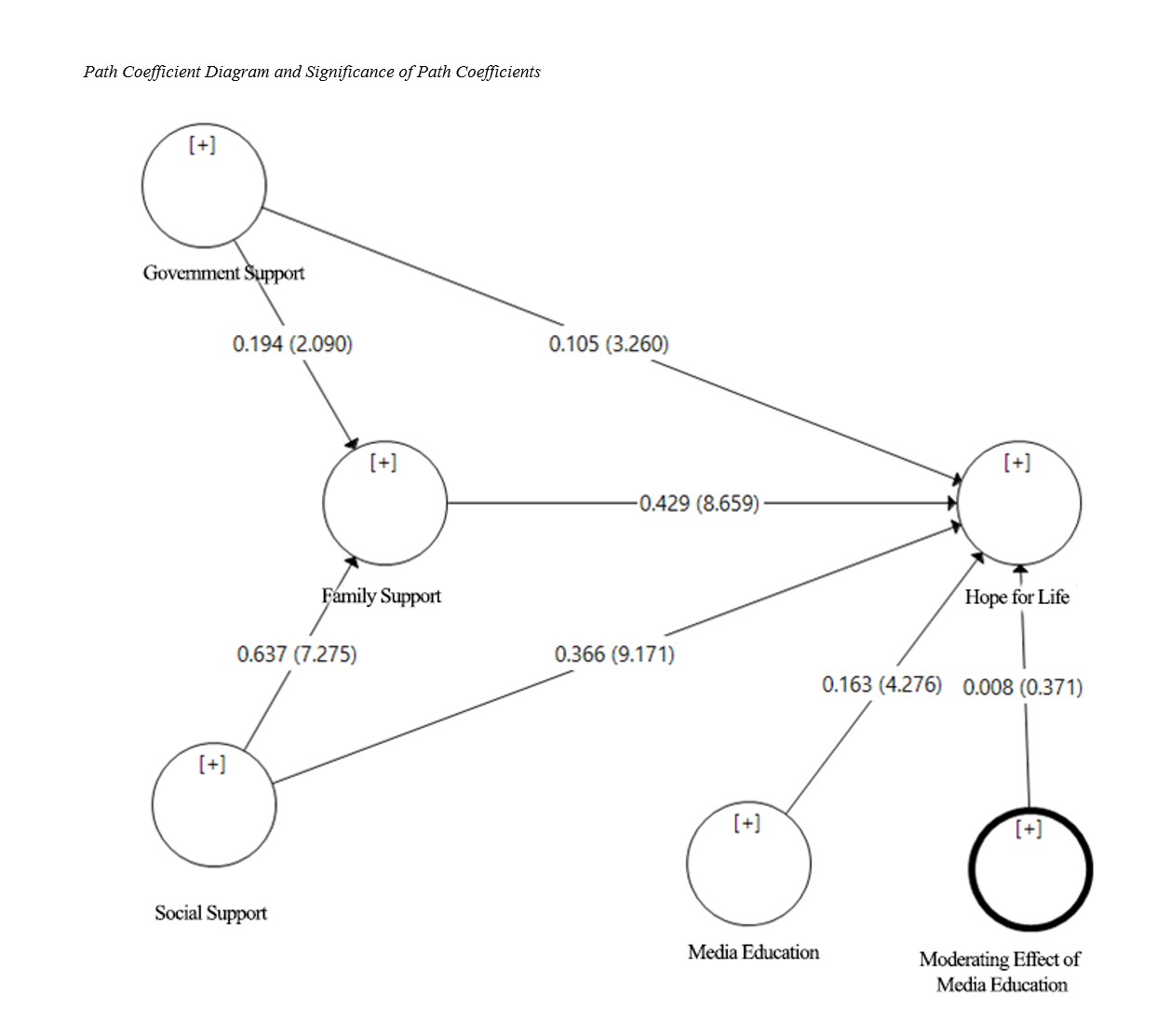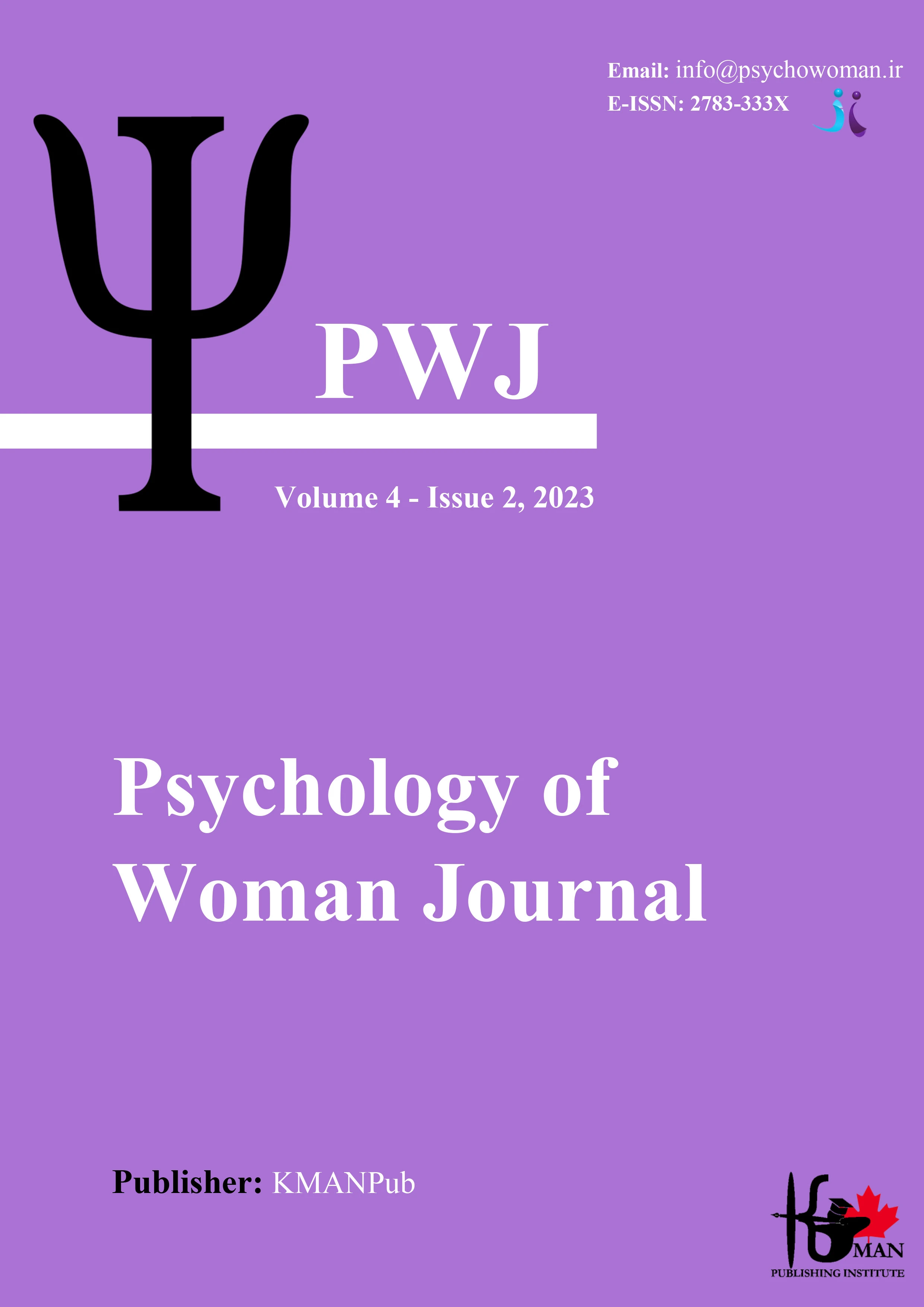The Impact of Environmental Factors on Hope for Life in Divorced Women with a Structural Equation Modeling Approach
Keywords:
hope for life, divorced women, structural equation modelingAbstract
Objective: The objective of this study was to investigate the impact of environmental factors on hope for life in divorced women.
Methods and Materials: This research employed a quantitative, applied design. The population consisted of divorced women living in Zanjan, Iran, from which a sample of 250 participants was selected using convenience sampling. Data collection was conducted using a researcher-made questionnaire, designed to measure key environmental factors such as family support, governmental support, social support, and media education, in relation to hope for life. The reliability of the questionnaire was confirmed using Cronbach’s alpha and composite reliability, while validity was established through convergent and discriminant validity. Data analysis was performed using SEM with Smart PLS4 software, and various fit indices, such as the Goodness of Fit (GOF) and Standardized Root Mean Square Residual (SRMR), were evaluated.
Findings: The results demonstrated that environmental factors significantly impacted hope for life in divorced women, with 93% of the variance in hope for life explained by the model. Specifically, family and social support were found to have strong positive effects on hope for life, while the role of governmental support was also significant but to a lesser extent. Media education, however, did not play a significant moderating role in the model. The SRMR value of 0.077 indicated an acceptable model fit, and the overall GOF of 0.539 confirmed the strength of the structural model.
Conclusion: This study highlights the importance of social and family support in enhancing hope for life among divorced women. Although media education did not show a significant effect, the findings underscore the need for policy interventions and community-based support systems to address the economic and psychological challenges faced by divorced women, improving their overall life satisfaction and well-being.
Downloads

Downloads
Additional Files
Published
Submitted
Revised
Accepted
Issue
Section
License
Copyright (c) 2024 Leila Bagheri Zanjani Asl Monfared (Author); Farnaz Farshbaf Mani Sefat (Corresponding Author); Loghman Ebrahimi, Ali Khademi (Author)

This work is licensed under a Creative Commons Attribution-NonCommercial 4.0 International License.









